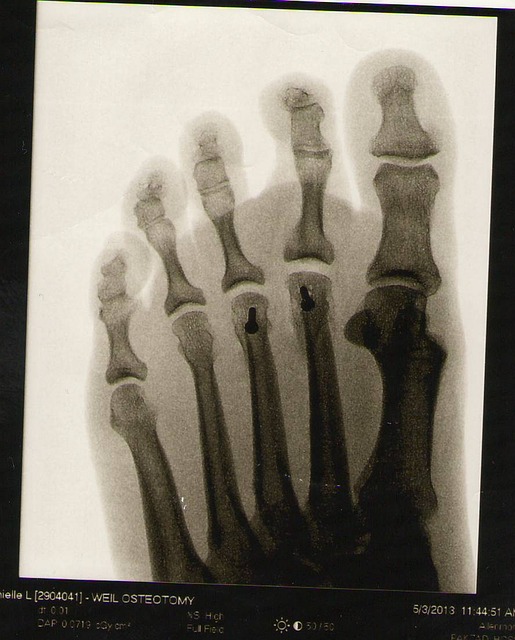Inside Scope on Medical Truths
November 18, 2016
When you are lying on the cold, hard x-ray table or standing in front of the wall bucky about to have your ankle, abdomen or chest x-rayed so your doctor can make a diagnosis, and if necessary, begin specialized treatment, you probably trust that a well-educated professional has his or her hand on the button controlling the amount of potentially deadly radiation you receive.
Don’t.
There are no licensure requirements for personnel performing x-ray examinations in 14 states and the District of Columbia.
According to the Pennsylvania Department of State, “Professional licensing protects the health and safety of the public from fraudulent and unethical practitioners.”
Ironically, Pennsylvania is one of 14 states and the District of Columbia in the nation that does not have any licensure laws for radiologic technologists. They only require that “anyone operating the unit be ‘competent’ and knowledgeable,’” but offer no definition as to what ‘competent and knowledgeable’ actually means or what qualifies them as such (American University School of Communication, 2010).
That means in Pennsylvania, and any other of the 13 states without licensure laws, a homeless man who was pulled off the street could conceivably be hired in the place of a radiologic technologist to take your x-ray.
Radiologic technologists are professionals who have earned, at the minimum, an associate’s degree in the medical imaging discipline. They acquire valuable skills, such as positioning, patient care, radiation biology and safety, and yes, exposure factors, which are settings that control the amount of radiation you receive. Once they finish their educational and clinical requirements, radiologic technologists are eligible to take the national board examination, same as a nurse or physician would.
Licensure goes a step further than the board examination. Technologists go through the licensure process to prove they are competent in the procedures the perform. Without licensure, facilities can hire whomever they like, whether they are qualified or not, for less pay or a number of other reasons. This is because there are no licensure laws in a number of states nor a federal licensure law that requires imaging facilities to hire qualified professionals.
Radiologic technologists are qualified individuals and hiring someone who has no experience in the field leaves patients at risk. The person taking your x-ray, whether educated or not, sets the exposure factors, which control the amount of ionizing radiation that is needed to produce the x-ray. Different exposure factors are needed for different body parts. For example, a hand requires less radiation because it is smaller, where an abdomen or spine x-ray would require more because the body is thicker in that particular area.
If the wrong exposure factors are used on the wrong body part, a patient could not only be over-radiated, but the image could have to be repeated. Repeated images lead to double the radiation dose, since the first images were not diagnostically acceptable. There may not be enough radiation to cause any damage after one repeat, but radiation is cumulative and excessive repeats and radiation can cause biologic and genetic effects.
According to the American Society of Radiologic Technologists, “Nearly 400 million medical imaging procedures are performed annually in the United States, giving health care providers the power to detect injury, diagnose disease and cure illness (2016).
In the hands of an unqualified person, a suboptimal image could wrongly be passed along to the radiologist, who reads the images, and a patient could be misdiagnosed. Imagine your doctor getting a trauma neck x-ray that is not properly taken. If the spinal fracture is unable to be seen and goes undetected because of a poor quality image, you never walk again.
Ultimately, radiologic technologists can be the reason a person lives or dies. X-rays are usually the first step in determining if something is wrong with a patient. If that first step is unreliable, patients may pay the most costly price of all: their lives.
It seems the solution is relatively simple. Licensure laws must be put into effect, whether it is by individual state governments or by the federal government. These laws are the only way patients can not only feel safe, but actually be safe and in the hands of qualified and educated radiologic technologists.
Licensure itself is not a complicated process, and by putting a small penalty into place for non-compliance, millions of people could benefit. With licensure, imaging departments in the United States will be able to run efficiently and effectively while saving lives – not compromising them – one day at a time.







